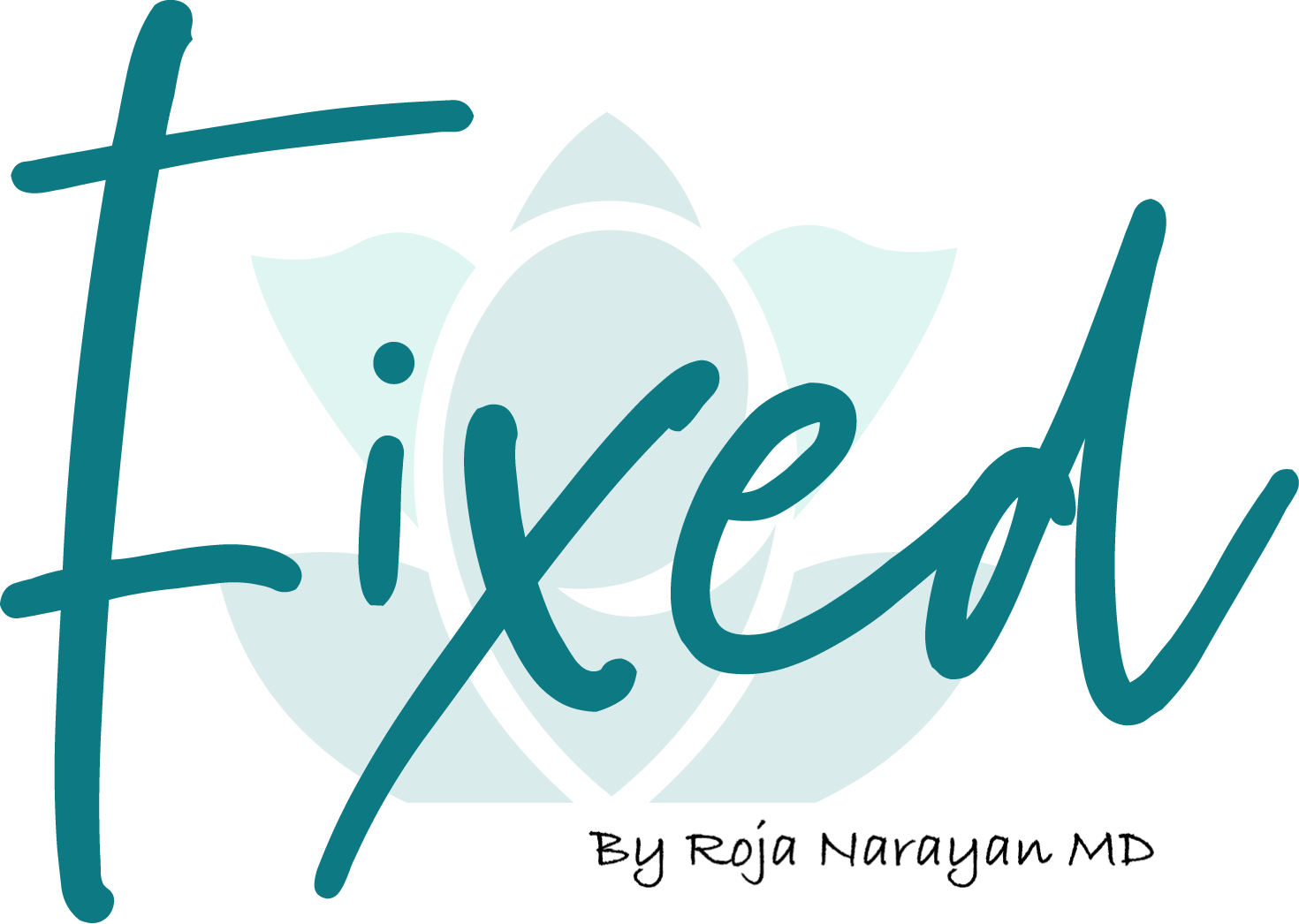Seasonal Allergies: A Functional Medicine Perspective
I’ve been getting lots of patients lately with….
🤧 Sneezing
🤧 Itchy or Runny Nose
😢 Itchy or Watery Eyes
🤕 Headache
🤧 Dry Cough
These are common signs of seasonal allergies, but It’s important to check with your healthcare provider to be sure your symptoms are not from something contagious or more serious. It can be tricky to tell the difference sometimes!
If allergies are to blame, then you can be confident in taking action to manage symptoms & address the root cause.
One thing that seems to confuse people about seasonal allergies is that there is no ONE season for them!
🌷 Spring can kick up allergies to tree pollen or outdoor mold spores.
🌞 Summer is high season for pollens from grasses or weeds.
🍂 Fall is the season for ragweed allergies & also when mold can become a trigger.
Seasonal allergies happen when the immune system reacts to a substance that should otherwise be harmless.
It’s like an immune response gone rogue.
What happens next is the release of histamine—a tiny chemical messenger that leads to a cascade of inflammation & annoyances like itching & sneezing.
(Note that we are discussing mild seasonal allergies here and not the type of allergic response that can lead to anaphylaxis.)
Lots of people take antihistamines or medications that block the release of histamine to control seasonal allergies, but from a functional medicine standpoint?
❌ That only scratches the surface. It doesn’t address the root cause.
We like to go deeper and look at what other factors might be at play to trigger histamine & inflammation in the body—because any of those things could potentially make a person’s experience of allergies even worse.
Here are some little-known but common histamine triggers:
➡️ Poor gut health (especially leaky gut)
➡️ Food intolerances
➡️ Mold exposure
➡️ Foods high in histamine (like wine, aged cheese & processed meats)
Also, we need to consider other factors that worsen inflammation & put the immune system on high alert:
➡️ Processed foods
➡️ Diet high in sugar
➡️ Lack of Exercise
➡️ Stress
The bottom line? Anybody who wants to break the cycle of seasonal allergies could benefit from looking deeper to uncover patterns that could be making things worse.
Now let’s look at three nutrients to calm seasonal allergies!
Histamine is at the center of seasonal allergies. It’s released from mast cells & causes most of the irritating symptoms.
Some foods & habits can trigger histamine & worsen allergies. Now, are you ready for the good news?
✨ Food & nutrition can also be a powerful way to counteract all this madness & bring the immune response back into a healthy state. ✨
Let’s look at 3 key nutrients and their food sources…
🧅 Quercetin 🧅
Quercetin is a flavonoid in plant foods that stabilizes mast cells (meaning a lesser chance of histamine release).
Great food sources of quercetin include apples, onions & berries.
🍊 Vitamin C 🍊
Vitamin C is an antioxidant that supports immune function & works together synergistically with quercetin.
Great sources of vitamin C include strawberries, bell peppers, citrus fruits & most other fruits & veggies!
🐟 Omega-3s 🐟
Omega-3s are essential fatty acids that support an appropriate inflammatory response.
Most people don’t consume enough of these healthy fats!
Great food sources of omega-3s are fatty fish, nuts & seeds.
You can load up your diet on the food sources mentioned, or for more targeted support, you can also take these nutrients as supplements.
8 tips to allergy-proof your home!!
Whether it’s seasonal sneezing or a year-round runny nose, it’s possible that your home could be making allergies worse!
Here are 8 tips to reduce allergens in your home & keep your living space healthy & clean:
1️⃣ Wash bedding.
Wash your bedding every week in hot water to keep dead skin cells & dust mites at bay. As an added precaution, you can get dust-mite proof covers for pillows and
mattresses.
2️⃣ Vacuum regularly.
If rugs and carpets can’t be replaced with other flooring, vacuum weekly with a HEPA filter to reduce dust.
3️⃣ Close windows.
Closing the windows and relying on air conditioning during pollen season or when there is bad air quality can keep your inside air fresh.
4️⃣ Filter air.
Regularly replace the filters in your heating & air conditioning units & consider portable HEPA filter units around the house.
5️⃣ Wash pets.
Keep your pets clean or out of areas like your bedroom to minimize exposure to allergens in pet dander.
6️⃣ Check ventilation.
Use a vented exhaust fan above the stove to clear cooking fumes. Use a fan in the bathroom when showering to minimize moisture accumulation.
7️⃣ Check humidity.
Mold can grow anywhere that humidity exceeds 50%. Keeping homes cool and dry minimizes the risk of mold growth & exposure.
8️⃣ Avoid smoke.
Don’t allow people to smoke in your home, avoid wood-burning fireplaces & close the windows when there is wildfire smoke! All types of smoke can be respiratory irritants.
When it comes to improving our health, it’s easy to forget about the importance of our surroundings. Even if nobody in your family struggles with allergies, taking these steps can improve your odds of staying allergy-free!
With much ❤️,


